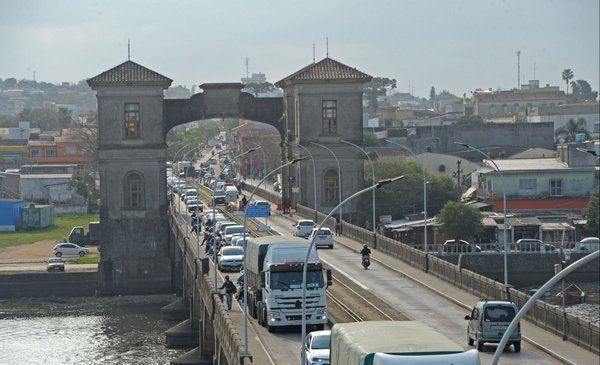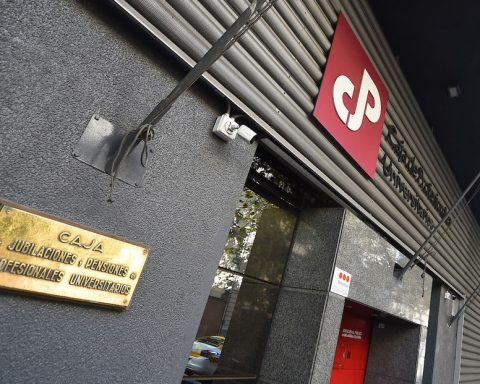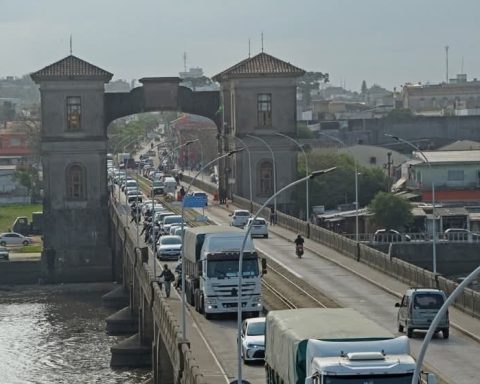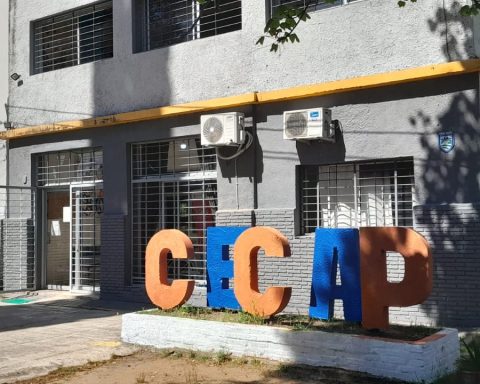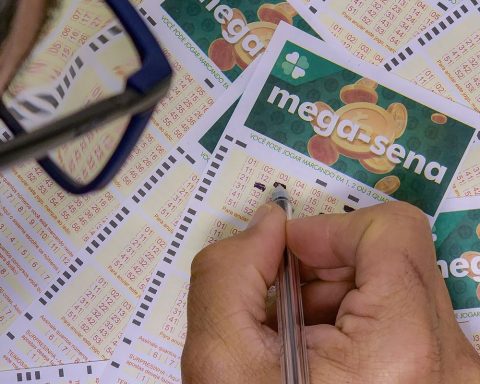The authorities of the Banco República (BROU) are closely following what they understand to be a more accentuated outflow of dollars through dependencies that are in the border departments, especially with Brazil, although they do not consider that the issue generates an “alarm ”.
During 2021 there were departments in the northwest of the country in which the BROU branches and ATMs were an incessant foreign currency withdrawal box and accumulated withdrawals in small amounts that are considered very high in relation to the activity that is registered in those places and compared to the movement of money that occurs in larger departments from an economic and demographic point of view, such as Montevideo and Canelones.
BROU sources admitted to The Observer that the issue is being “monitored” and that “it is not to be neglected lightly” because dollar outflows from the country have been seen in recent times above the usual. The state institution is practically the only importer of banknotes in the system because private banks enter very few physical dollars into the country.
The matter is also in the orbit of the Central Bank. “The BCU, within its usual operations of regulation and supervision of the financial system, analyzes these matters for which it carries out exchanges with regulated entities, international organizations or authorities of other countries”, reported the monetary authority through its Communication Area before a consultation of The Observer.
The BROU sources indicated that what is happening “is not new” on the border and that in the past —when there were also important exchange imbalances with the neighbors— there was a type of trade flow that encouraged the emptiness of the ATMs, a common complaint lately in Tacuarembo and Rivera.
shopping tourism
The sources indicated that the most common movement that has occurred in recent months is the shopping tourism of Uruguayans who travel to Argentina taking advantage of the exchange rate gap.
Although now prepaid cards have also emerged —which allow payments to be made on the neighboring shore without the need to carry physical bills—, the most common strategy used by Uruguayans to get the most out of it is to carry dollars in cash and then make the change. in the little trees or Argentine shops to the blue dollar or informal on the neighboring shore.
In the April-June quarter, 423,538 Uruguayans traveled to the neighboring shore and spent US$147 million, according to data from the Ministry of Tourism.
The extraordinary withdrawals also caught the attention of diplomatic representatives of the United States government who, in a meeting with the authorities of Banco República, conveyed their diagnosis that the bank has “a problem” to deal with in this regard, although in the conversation they also They had been talking about the money laundering situation in Uruguay.
In fact, the bank currently manages US advice to be able to determine the causes of this leak and implement measures in this regard.
This matter has a collateral problem: tickets must be brought. The significant increase in the import of dollars by the BROU during the last decade had generated noise in the US Treasury Department. The increase in the importation of banknotes began to occur strongly about eight years ago. In 2012, some US$70 million were purchased per year, a figure that rose to some US$713 million in 2020. In 2015 and 2016 there were peaks of US$1,417 million and US$1,656 million, respectively.
The focus on the border
The most significant case is that of Rivera, where there were withdrawals of US$ 142 million last year, of which about 80% correspond to the departmental capital that shares the dry border with the northern neighbor. In Montevideo, for example, where the size of the population is 14 times greater, withdrawals were above US$340 million, and in Canelones, which multiplies the Riverense population by almost five, withdrawals were greater than US$180 million. , based on data accessed The Observer.
Cerro Largo is the other case that has attracted attention. In the border department, where there are three branches and about 86,000 arachanes, there were withdrawals of more than US$110 million in 2021. Even more than those recorded by Tacuarembó (US$79 million), which is a town where They usually complain to the BROU that the ATMs run out of cash.
In the case of Cerro Largo, the sources indicated that the withdrawal of physical dollars is not a new phenomenon and that it is also linked to the restrictions that Brazilian citizens have to access dollars in their country. That is to say, that in some way this excess of regulation that occurs in the neighboring country ends up leading to a greater demand for banknotes in Uruguayan territory, where many of those inhabitants have bank accounts, so there is no illegality in this regard.
In Colonia, meanwhile, the number rises to US$126 million, with the most active branches being Colonia (US$29 million), Nueva Helvecia (US$23 million), Carmelo (US$21 million) and Nueva Palmira. ($15 million).
From the Communication Area of the Central Bank they indicated that the last importation of dollars from the monetary authority was made in March 2017. “In addition, more than a year ago all the current accounts in dollar bills that the financial institutions kept in the bank were closed. the BCU”. On the other hand, they indicated that BROU “is not the only importer of foreign currency bills” and that there are private banks that “have surpluses of dollar bills.”
The limit to declare exits in Uruguay
lIn the reply you received The Observerthe Communication Area referred to the latest annual report of the Financial Information and Analysis Unit (UIAF) of the Central Bank for 2021. It states that “one of the fundamental aspects to be able to detect and investigate a possible maneuver related to the money laundering or the financing of terrorism is the traceability of operations, which allows an asset to be linked to its origin or illicit purpose, as the case may be”.
In this framework, the Financial Action Task Force issued Recommendation 32, which establishes that countries should implement “measures to detect the physical cross-border transportation of currency and negotiable instruments, including through a declaration and/or disclosure system). Currently, article 29 of Law 19,574 includes this recommendation and obliges people who transport securities across the border for amounts greater than the equivalent of US$10,000 to file a declaration.
In turn, Communication No. 2013/069 of May 2013, regulates the way in which natural or legal persons subject to BCU control must report the inflows and outflows into the country of cash, precious metals and other monetary instruments ( bonds, checks, etc.), for amounts greater than US$ 10,000. According to the UIAF report, declared cash outflows amounted to US$446.9 million in 2021, 82.2% corresponded to dollars and another 16.8% to Uruguayan pesos. The main country of destination for banknotes was the USA (50.2%).
